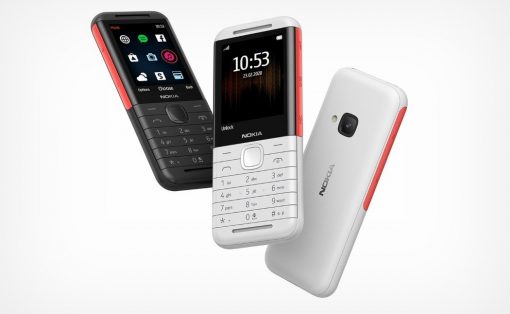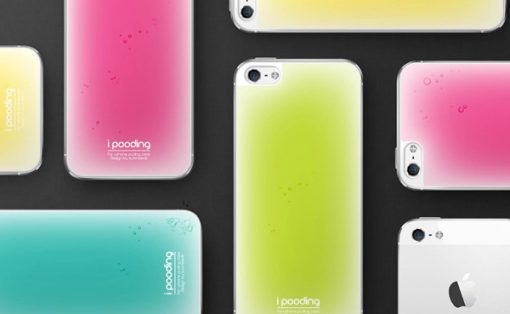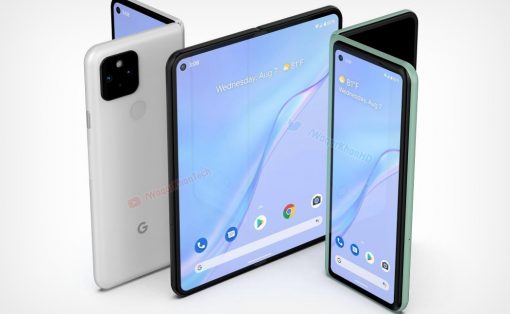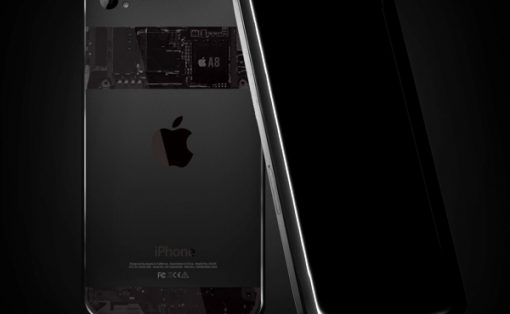Although we look at our phone screens almost all the time, it is really the back of our phones that gives them their personality. From the colors to the textures of their back even to the camera bump or bumps, this side of the phone is what other people see the most and, therefore, provides the most motivation for personalization and customization. A phone’s design, however, is permanent once it leaves the factory, and unless you put stickers or cases on it, its appearance will never change. Infinix, however, is presenting a solution to that design problem with a piece of technology that adds an almost literal splash of color to the back of your phone and changes that into a mesmerizing display of colors as often as you want, especially while it’s charging.
Designer: Infinix
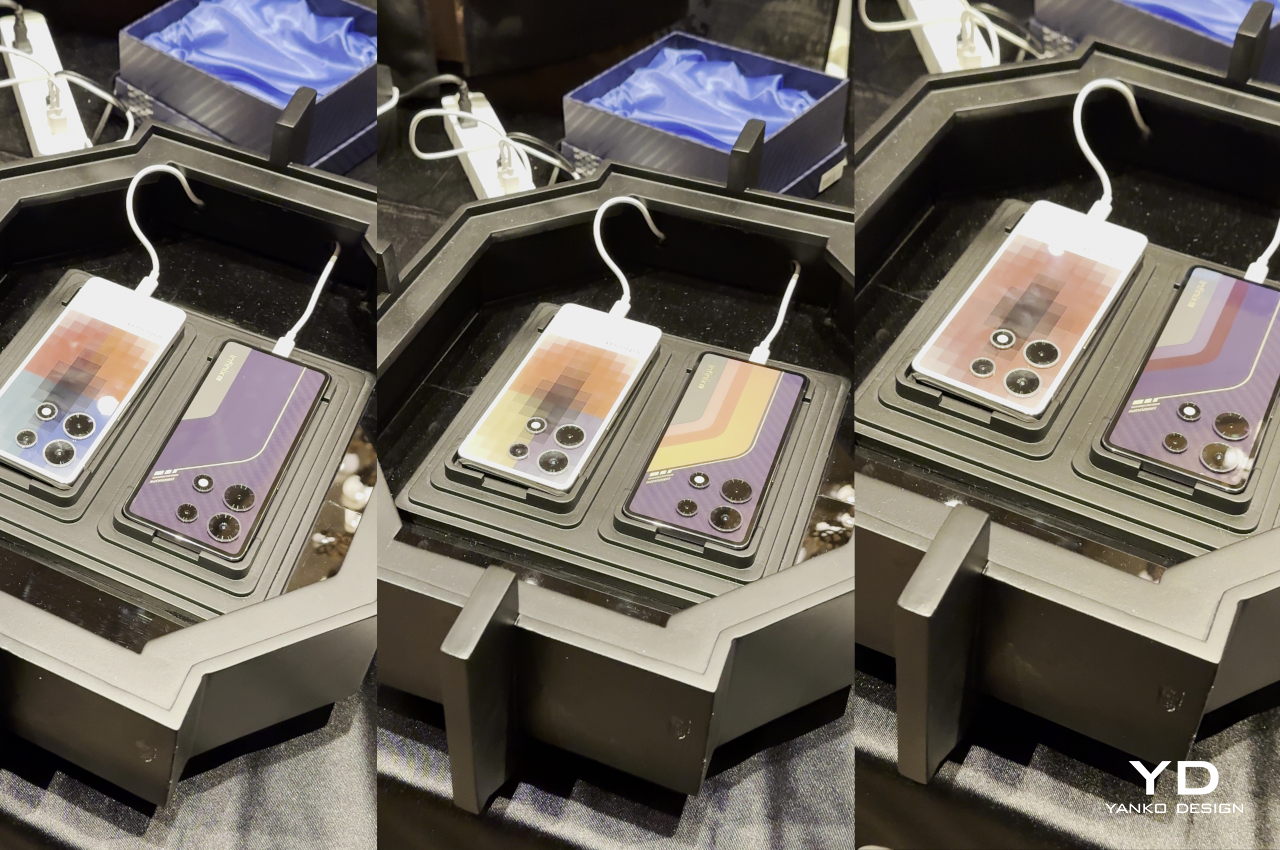
Putting stickers or whatnot on the back of your phone is a sure way to ruin its future. Cases, on the other hand, are more temporary, but they not only add bulk but also limit your design options to what’s already available. Wouldn’t it be rad if you could change the color or even the colorful patterns on the back of your phone on a whim, similar to how you’d change your wallpaper every so often? Infinix’s E-Shift Color technology first unveiled at CES 2024 does exactly that, and it’s getting a little help from the same technology that powers your favorite e-book reader.
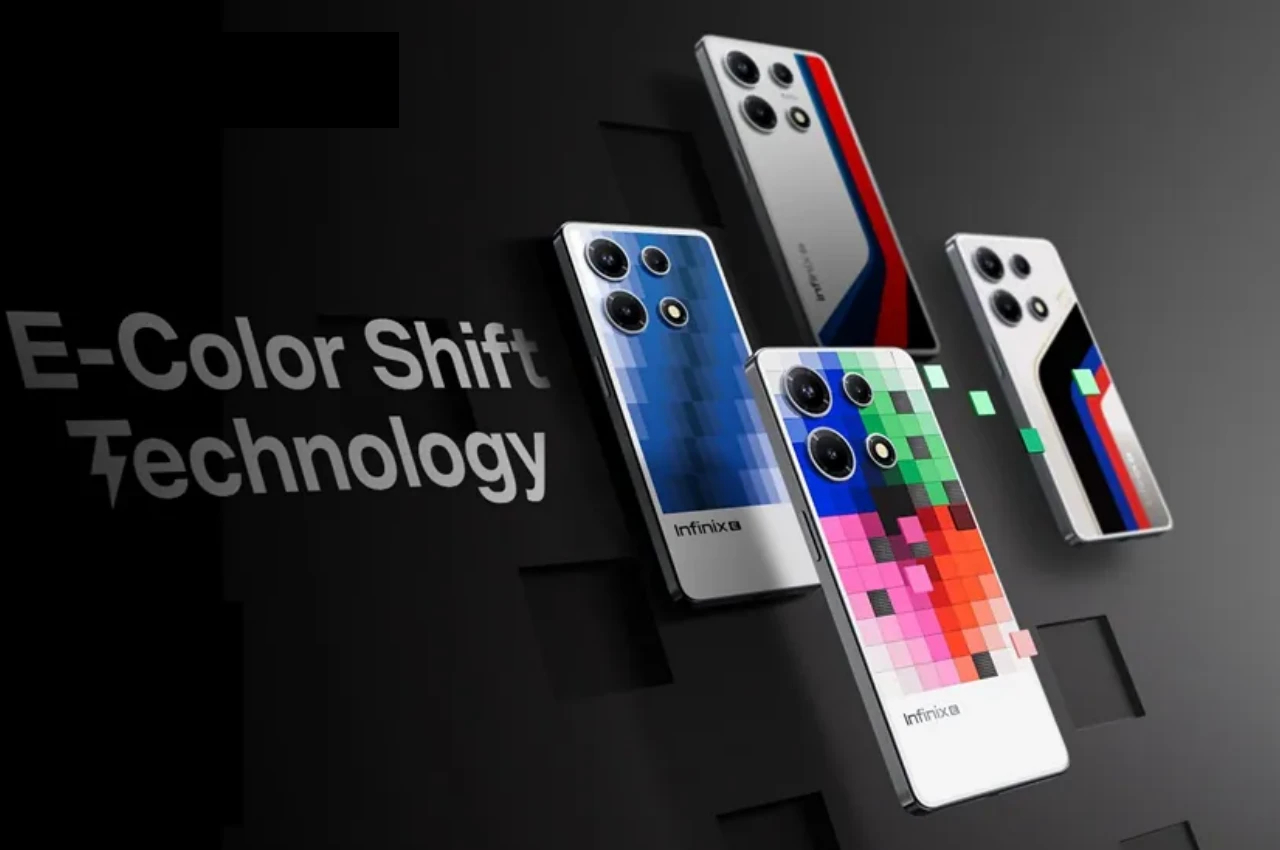
E-Ink Prism 3 is the latest iteration from the e-paper display expert that brings color to this traditionally colorless screen. In a nutshell, it uses electric charges to cause microstructures in the panel to change their color, similar to how an E Ink screen works. And just like an E Ink screen, it only uses power when changing colors, so displaying that static colored pattern will use almost no power to maintain that appearance, unlike a typical LCD or OLED screen. In practice, this means that you can change the phone’s back to a particular color and have it stay that way for as long as you like without draining the battery.
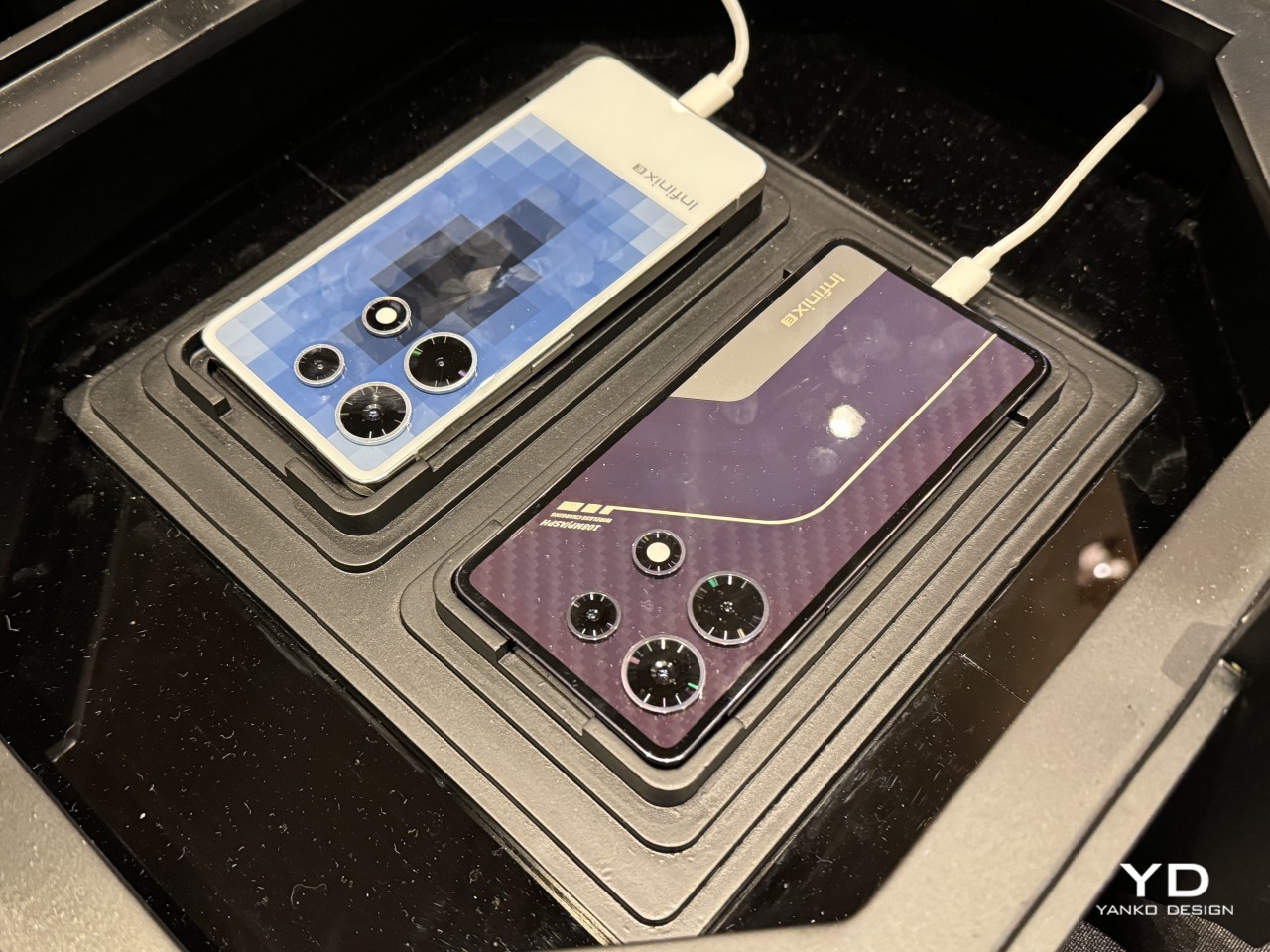
This opens the door to dynamic designs and personalization, with users picking the colors they want and having it change when they grow tired of it. It even has the possibility of rapidly animating these color changes while charging the phone, presuming you like to put it down flat on its face. Either way, it’s a fun experiment that will definitely appeal to the more youthful audience that Infinix targets, and it’s not hard to see how brands can also take advantage of this feature for marketing.
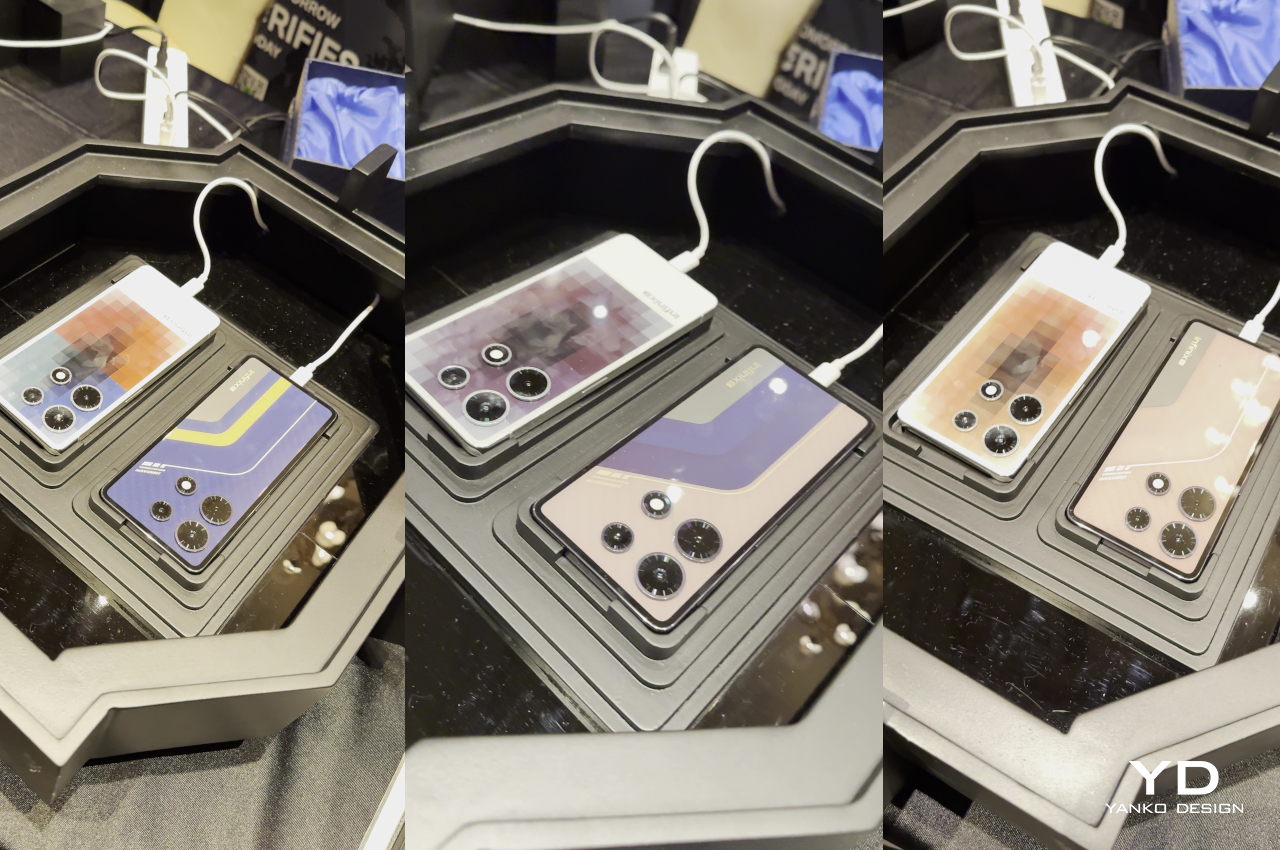
Because of E-Ink Prism’s segmented nature, the Infinix E-Shift Color is also limited to following certain patterns only, patterns that are also set in stone during manufacturing. It’s not like having access to a digital canvas where you create arbitrary pixel art images or animations. That could probably come in future iterations of the technology, but even this first attempt could very well be a huge selling point for people who want to make their phones look as alive and expressive as they are.




